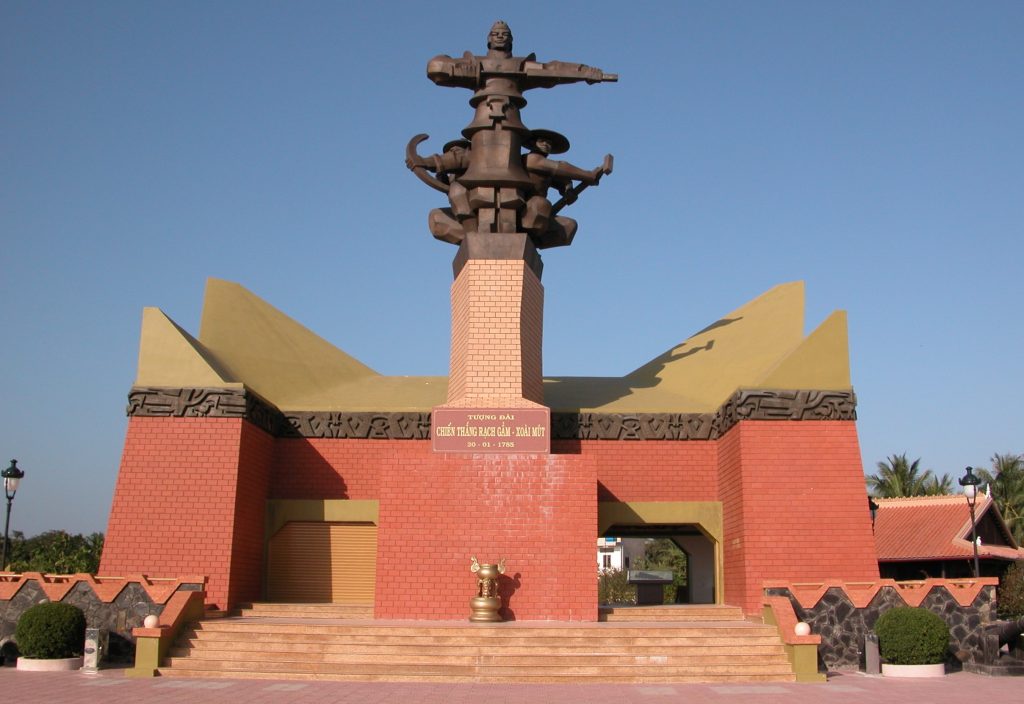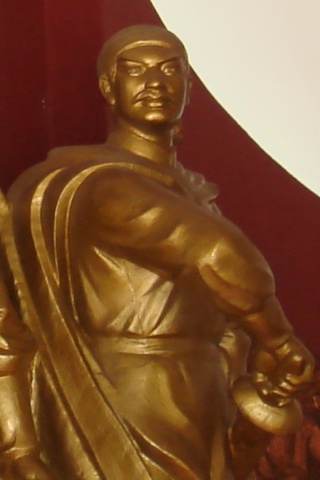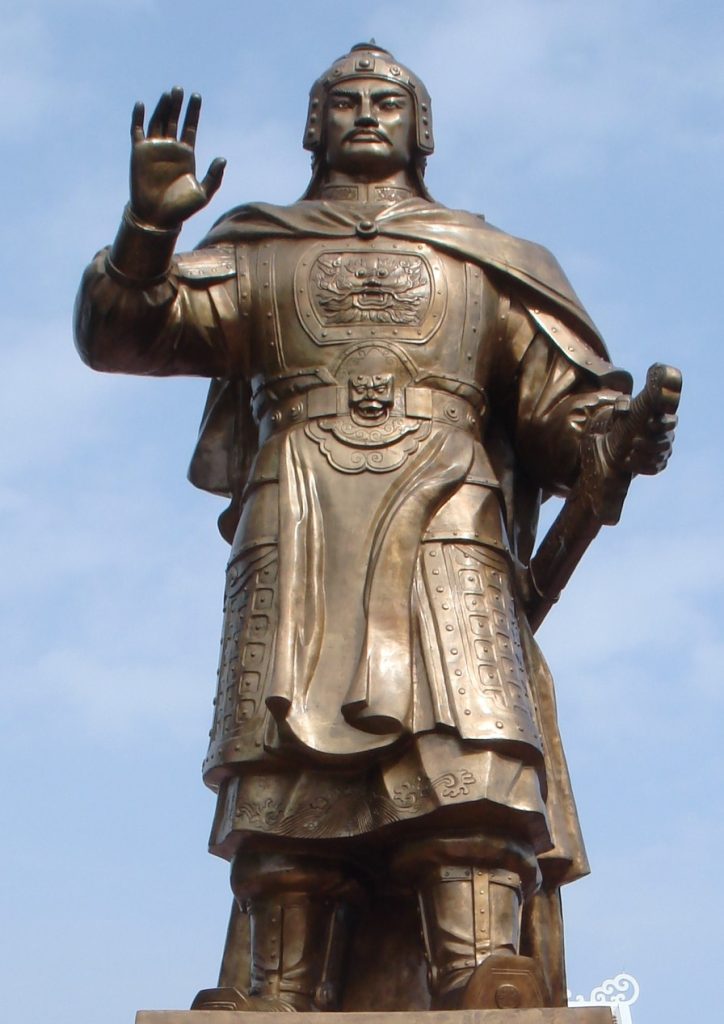This Week in History recalls memorable and decisive events and personalities of the past.
19-20 January 1785 Battle of Rạch Gầm-Xoài Mút: Invading Siamese forces attempt to exploit the political chaos in Vietnam, but are ambushed and annihilated at the Mekong River by the Tây Sơn

For much of its history, the story of South East Asia is a chronicle of warring kingdoms and epic confrontations between powerful kings. This was not just a feature of its distant past but was true until right up to the domination of the region by colonial powers in the 19th century.
In the mid-18th century, one of the major kingdoms of region, Dai Viet (which covers most of modern-day Vietnam), had been internally divided for two centuries; in theory the Dai Viet had one king, but in reality their lands were split between a northern and a southern kingdom, which paid lip service to the king but acted as they wished.

In 1771 after years of economic mismanagement by the lord of southern Dai Viet, Nguyen Nhac and his brothers Nguyễn Huệ and Nguyễn Lữ, the sons of a trader, began rallying the peasants into an army and launched a rebellion.
The rebellion quickly gained support among the peasants and from the lords of northern Dai Viet, who sent troops to aid the rebellion.

The three brothers became known as the Tây Sơn brothers after the village that they came from.
The Tây Sơn, with help from the north, managed to defeat the southern lords in 1775. They then pretended to submit to the rule of the lord of northern Dai Viet. Between 1776 and 1783 the Tây Sơn finished off almost all of the southern lords, killing their entire dynasty, save one member who fled to the neighbouring kingdom of Siam (modern-day Thailand). After their conquest of the south the Tây Sơn began to plan for their take-over of the north Dai Viet.
The Kings of Siam saw an opportunity to place the surviving member of the southern lords back in power in the south as their puppet king, which would expand their power over even more South East Asia.

By this time the Siamese were ruled by King Rama I, who had begun a programme of modernising Siam; in 1782, having gained power via a revolt, he had officially founded the kingdom of Siam out of the remnants of the previous Thai kingdom.
In 1784 an army of 30 000 Siamese troops and a fleet recruited from Thailand and Cambodia invaded southern Dai Viet and over the course of the year conquered many of the cities of the region, and restored a puppet ruler to power over much of the south.
The Tây Sơn however marshalled their forces and soon marched out to face the main Siamese force, camping near them at the point where the Rạch Gầm and Xoài Mút rivers meet in the Mekong River delta in what is today Southern Vietnam.
The Siamese army at this time numbered 30 000 troops, 20 000 sailors and 300 warships as well as a small group of Vietnamese troops. The Tây Sơn army numbered only 30 000 troops and 55 warships.
After some small skirmishes on land and water the Tây Sơn began negotiations with the Siamese forces, offering to pay tribute to the Siamese king if he withdrew. The Siamese generals, seeing the vast advantage in their numbers, pretended to negotiate but in reality planned an ambush on the Tây Sơn army in the hopes of destroying it completely. What they did not realise is that the Tây Sơn knew this was the case and so had set up an ambush of their own.
On 20 January the Siamese navy and army approached the Tây Sơn forces, believing they had the element of surprise. To their horror, they realized Vietnamese Tây Sơn troops and ships were suddenly among them and their attack soon turned into a chaotic rout.
According to the Tây Sơn, the entire Siamese navy was wiped out in the battle and only 10 000 of the 50 000-plus Siamese troops would return home after the battle.
The Siamese would end their attempted intervention after this shocking defeat and the Tây Sơn would turn their attention to the conquest of northern Vietnam, something they quickly accomplished.
The Tây Sơn brothers then turned on each other and fought for control of the whole of Dia Viet. In this chaos the Emperor of Dai Viet, the figurehead ruler in whose name all the various Vietnamese factions claimed to rule, fled to China and asked the Qing dynasty to restore his throne and subdue Vietnam.
A Chinese invasion followed. Initially, the invaders conquered the whole of the north but one of the Tây Sơn brothers eventually drove the Chinese out, ending the 17-year conflict and establishing the Tây Sơn dynasty’s rule over all of Vietnam. The Tây Sơn would rule Dai Viet until 1802 when they were defeated by the Nguyễn dynasty.
If you like what you have just read, support the Daily Friend

